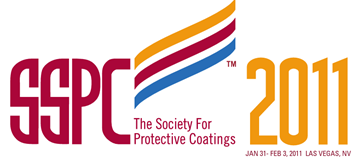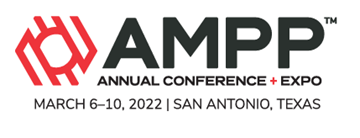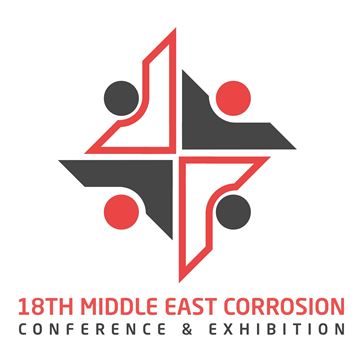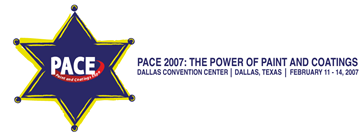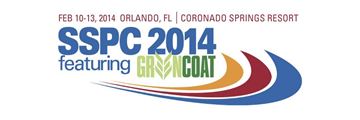Search
Individual Conference Papers
View as
Sort by
Display
per page
Sour Service Test Qualification of a New High-Strength Titanium Alloy
Product Number:
51315-5794-SG
ISBN:
5794 2015 CP
Publication Date:
2015
$20.00
Sour Under-Deposit Corrosion With Different Iron Sulfides
Product Number:
51321-16703-SG
Publication Date:
2021
$20.00
Sour Weld Corrosion Mitigation with a Low Dose Inhibitor
Product Number:
51319-13324-SG
Publication Date:
2019
$20.00
Southern Nevada Water Authority-Polyurethane Lining Evaluation and Testing
Product Number:
41211-637-SG
Publication Date:
2011
$20.00
Sparger Design And Its Effect On Gas Holdup In Triazine Based H2S Scavenger Columns
Product Number:
51321-16620-SG
Publication Date:
2021
$20.00
Spatial Variation Analysis Of Localized Corrosion Of Steel Bar With Spectral Analysis Technique
Product Number:
51322-17792-SG
Publication Date:
2022
$20.00
Special Forgings. Technical and Quality Requirements Supplementary to Standard
Product Number:
MPWT19-15297
Publication Date:
2019
$0.00
Specially Developed Welding Consumables for Pipeline Welding Applications
Product Number:
MPWT19-14364
Publication Date:
2019
$0.00
Specialty Corrosion Inhibitor Successfully Inhibits Offshore Corrosive Mercury-Containing Gas Stream Offering
Product Number:
MECC23-19889-SG
Publication Date:
2023
$20.00
Specifier’s Perspective on Emerging Tank Painting Issues Four Emerging Issues of Practical Relevance
Product Number:
41205-198-SG
Publication Date:
2005
$20.00
Specifying Climate Control for Blasting and Coating Projects
Product Number:
41214-807-SG
Publication Date:
2014
$20.00




